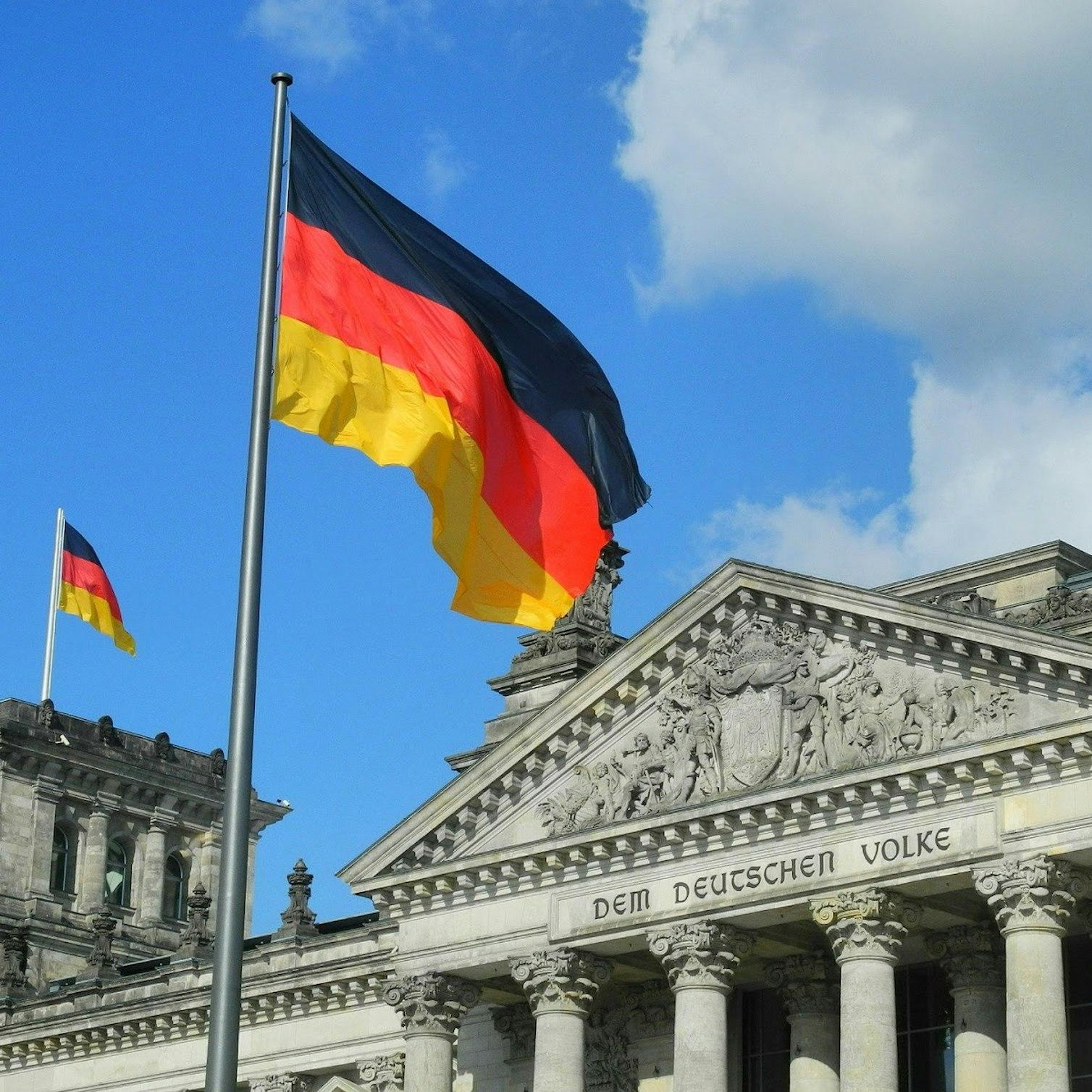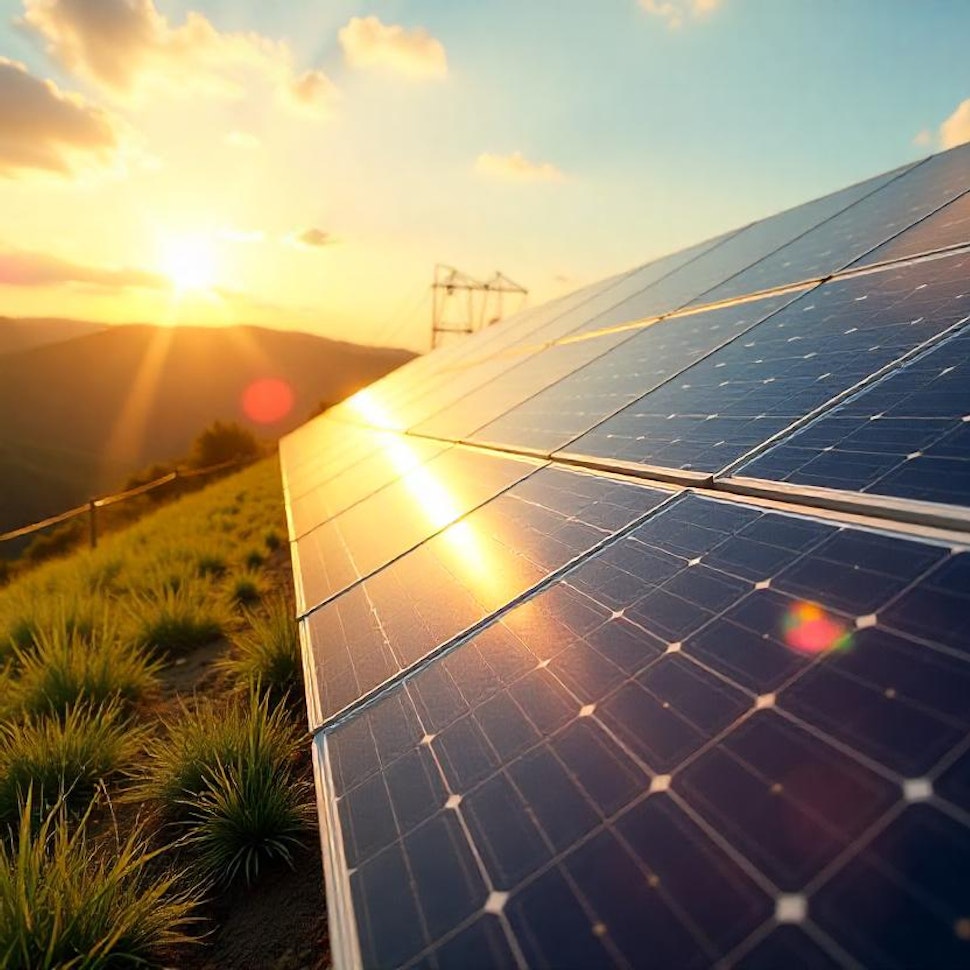- Solar energy blog
- The evolution of Germany’s photovoltaic strategy: photovoltaik-strategie
The evolution of Germany’s photovoltaic strategy: photovoltaik-strategie
Discover how Germany’s already robust renewable energy and solar PV landscape will unfold in 2024.


Marián Aúz
Strategic Account Executive DACH
Strategic Account Executive at RatedPower with experience driving growth across the DACH region and beyond. Background in international trade and investment advisory, with a strong track record in sales, client relationship management, and market expansion.

Germany has been at the forefront of the European green energy transition for a number of years now and the country doesn’t look like slowing down anytime soon. In the first six months of 2023 alone, Germany installed 1.6 GW of new onshore wind capacity, adding to its already impressive portfolio.
The country has set ambitious targets for the future in a plan dubbed the “Energiewende” that commits Germany to getting 80% of its energy supply from renewables by 2030. The country is so far on track to meet that goal and is providing an example for countries around the world to follow.
A key aspect of Germany’s green energy transition will be the use of solar photovoltaic (PV) technology. In this blog, we will be looking at the recent developments in Germany’s PV strategy and what that means for the country moving forward.
The German solar market
Germany already has a robust solar PV market in place, recently overtaking Spain to become the largest PV market in Europe. The country currently has over 3 million PV systems connected for a total installed capacity of roughly 70 GW.
Much of this capacity is found in residential and commercial solar installations. However, there are also a number of utility-scale installations in the country.
At present, this capacity is expected to grow to almost 140 GW by 2028, setting Germany well on its way to achieving its climate goals. However, targets have been set to reach 215 GW of installed capacity by 2030, so more investment in the solar space will be required if the country is to meet this goal.
Germany’s photovoltaic strategy
To this end, Germany has set out a new plan for solar PV strategy over the coming years. In the wake of revising the Renewable Energy Sources Act (EEG) in 2022, the German Federal Ministry for Economic Affairs and Climate Action (BMWK) turned its attention to updating the country's solar PV strategy.
In a plan presented to the German government in May 2023, named Solar Package I, BMWK laid out 11 fields of action for overhauling Germany’s solar PV approach and optimizing the country’s energy supply as a whole. This first package was followed by Solar Package II which laid out measures to be undertaken later in the year.
Let’s briefly look at each of the proposed fields of action in turn.
Solar Package I Fields of Action
Ground-mounted solar — Relaxation of the Federal Land Utilization Ordinance to drive a 50% deployment share in the ground-mounted solar space. Special subsidies for agricultural and biodiversity PV
Rooftop solar — Relax regulations for rooftop solar and make direct marketing easier and more accessible
Tenant power — Encourage adoption of solar by landlords by removing red tape and offering tax incentives
Balcony solar — Remove red tape around registration, include plug-in solar installations in the catalog of privileged measures in the German Act on the Ownership of Apartments and the Permanent Residential Right (WEG), and tolerate analog meters until they can be replaced
Grid connections — Simplify grid connection requirements and simplify and digitalize certification and registration, particularly for smaller systems
Public acceptance of solar — Remove red tape around community solar projects and include photovoltaics in the catalog of topics covered by Fachagentur Windenergie an Land
Tax barriers — Remove tax barriers for new PV expansion and change the classification of ground-mounted solar
PV production — Reestablish PV production in Germany through tax incentives, R&D subsidies, and hybrid capital
Skilled workers — Improve education and training, as well as hiring from abroad to ensure there is a skilled workforce in place
Research funding — Linked with reestablishing PV production in the country through investment and subsidies
PV subsidies — Subsidies for PV declared in line with European policy. Fast-tracking of planning and approval procedures by classifying renewable systems as in the “overriding public interest”

Results
The first draft of the above plan was presented at the first photovoltaics summit that took place at the Federal Ministry of Economics. The finalized version was then presented at a second photovoltaics summit.
In August 2023, the German government approved a €57.6 billion investment into green energy projects in 2024. This investment represents an increase of more than 60% in funding over 2023. The bulk of this investment will go towards infrastructure projects, with €18.9 billion set aside for new construction projects and renovation of existing infrastructure.
The government also confirmed that €12.6 billion will be put towards renewable energy subsidies in an attempt to supercharge new renewable energy projects. There will also be €4.1 billion in subsidies for domestic manufacturing to help Germany start producing renewable technologies again and reduce reliance on imports.
In solar PV specifically, 1.67 GW of PV capacity across 124 bids was also allocated back in August. Most of these bids were on arable and agricultural land, with others being along railways and motorways. These new projects will be spread out across the country with Bavaria being allocated the most capacity at 741 MW.
Challenges
However, there are fears that a budget crisis in the country could lead to these promised PV investments being rolled back. In November, the German constitutional court ruled that €60 billion of unused debt could not be transferred to climate funding. This has left many of the proposed plans on hold, unsure whether they will be able to complete the approved projects.
On top of this, price pressures from China have led to losses in the German PV manufacturing industry, with vendors being forced to sell below production costs. Without subsidies, it is likely that domestic PV production will stagnate.
While the Solar Package I and the promised investment into green energy projects are sources of optimism in a country with an already strong renewable energy sector, budgetary restrictions may slow down Germany’s progress in 2024. It is yet to be seen if Germany can fulfill its plans and meet its climate targets but steps are being taken in the right direction. Only time will tell how the German PV strategy will unfold into next year and beyond.
Latest stories
Related posts
Policy and regulation
Solarspitzengesetz: How it affects solar and negative pricing
Find out more about the Solarspitzengesetz, Germany’s Solar Peak Act, designed to prevent oversupply and price surges during peak solar generation.
Updated 4 NOV, 25

Policy and regulation
Winning the auction: A developer’s guide to GEA-4 execution in the Philippines
Find out how solar design tools like RatedPower can accelerate bankable proposals for auctions like the GEA-4 in the Philippines.
Updated 23 OCT, 25

Policy and regulation
How PL 624 and PL 671 will transform Brazil’s solar energy market in 2025
Discover how Brazil's PL 624 and PL 671 bills are reshaping the country's booming solar energy market in 2025—balancing rapid growth with fair grid access and smarter regulations.
Updated 15 JUL, 25

- RatedPower
- Solar energy blog
- The evolution of Germany’s photovoltaic strategy: photovoltaik-strategie
 Watch a demo
Watch a demo Ask our AI Product Expert
Ask our AI Product Expert


